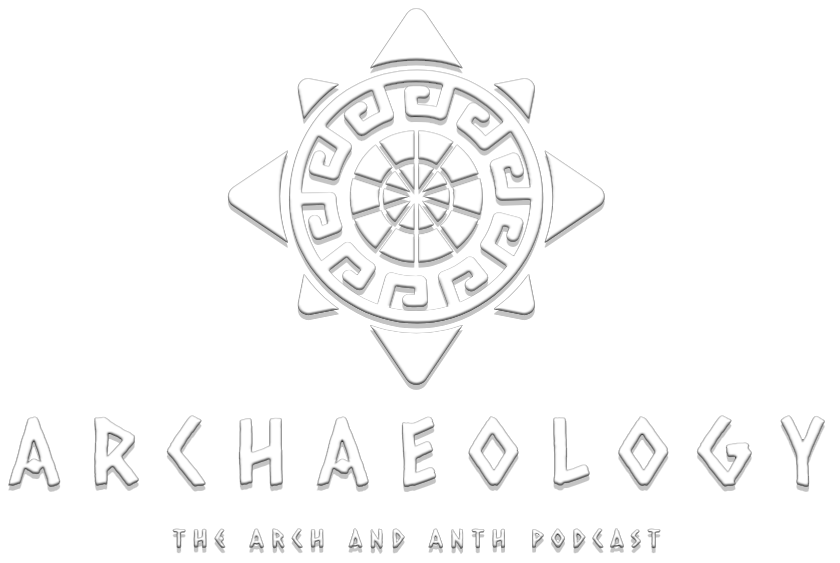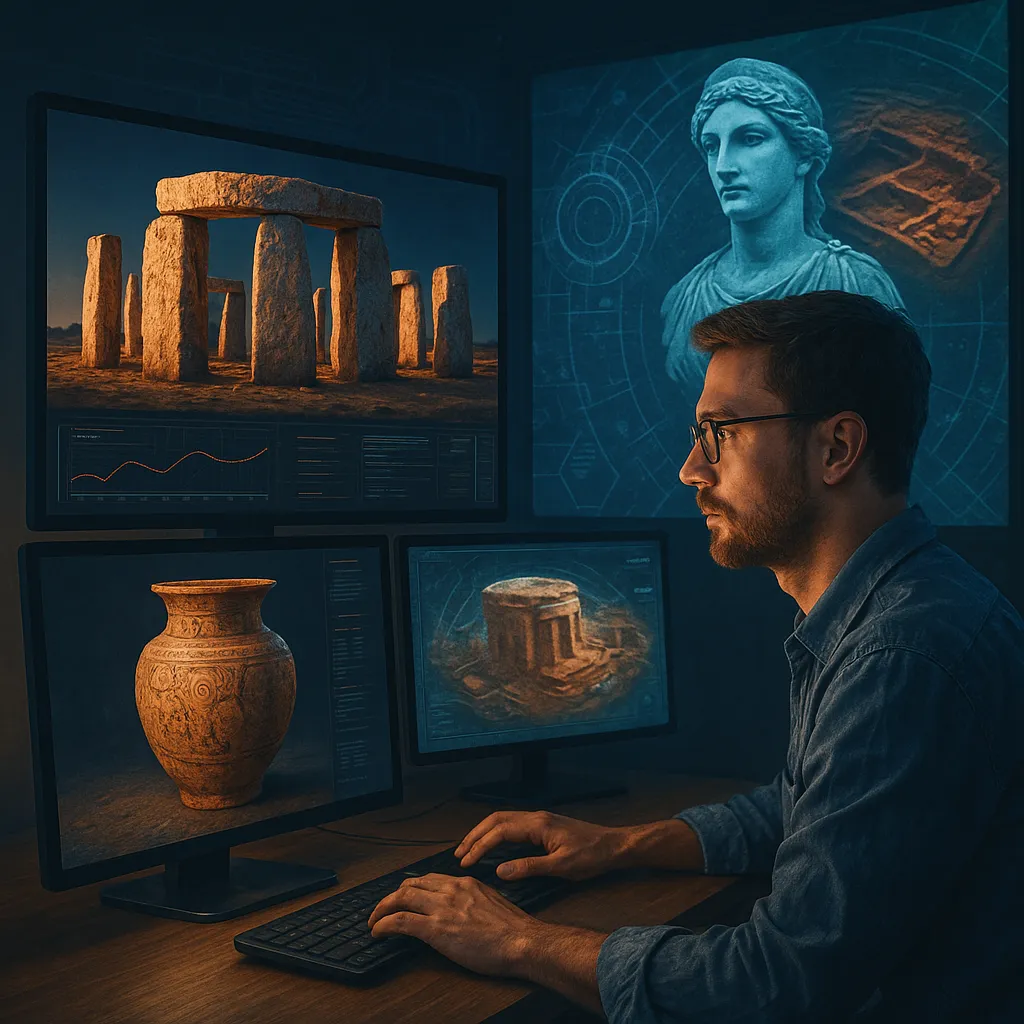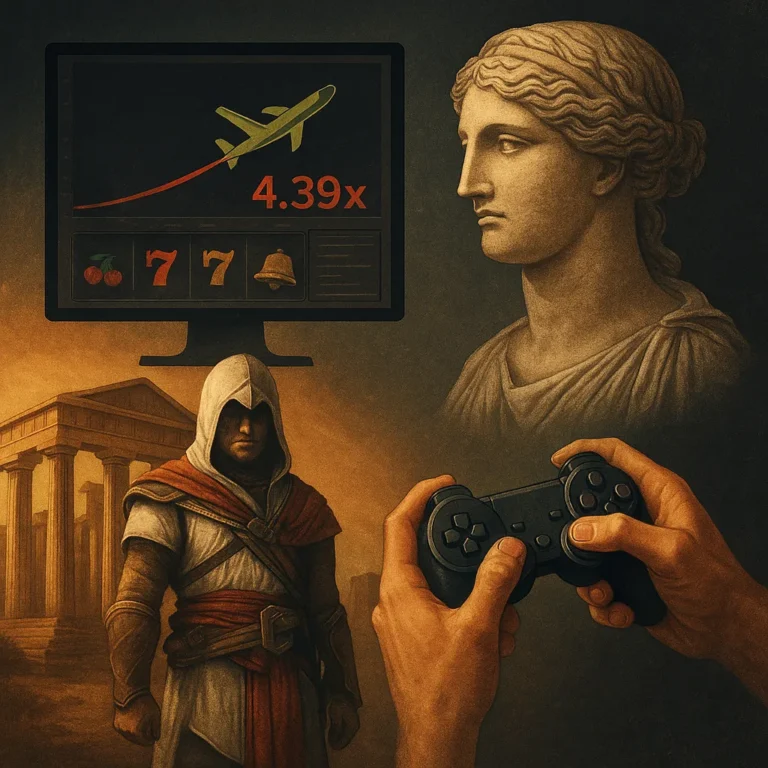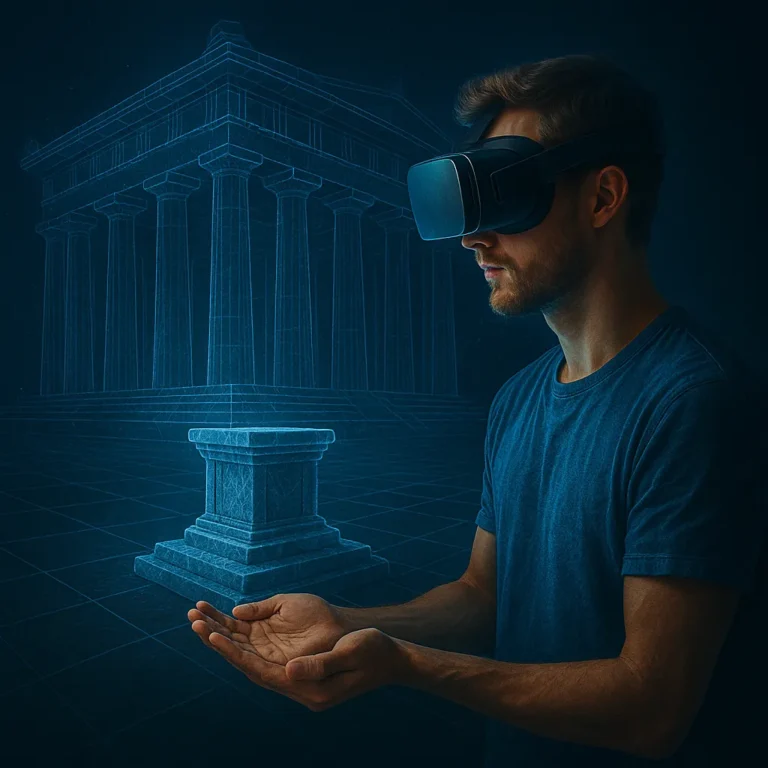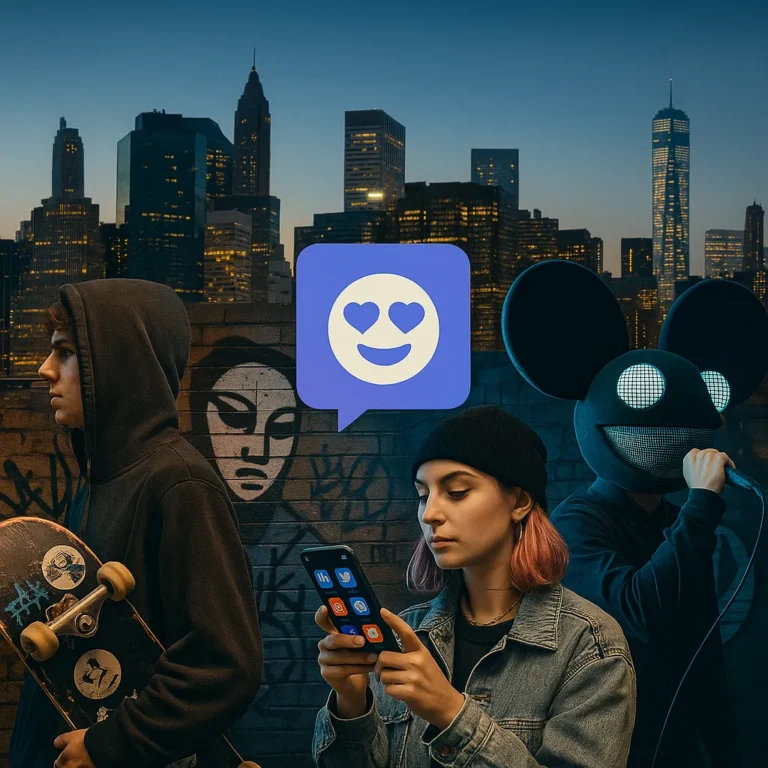Gone are the days when archaeology was just dust, shovels, and ancient bones. Today, the field has gone digital — and it’s changing everything. Thanks to 3D modeling, artificial intelligence (AI), and virtual reality, archaeologists are not just uncovering the past; they’re reconstructing it. Entire cities are being brought back to life on screens, allowing researchers and curious minds to travel through time without ever leaving the lab — or their couch.
What Is Digital Archaeology?
Digital archaeology is the use of digital technologies to explore, analyze, and present artifacts, ruins, and ancient cultures. It doesn’t replace traditional archaeology — it expands it. With the right tools, what used to take weeks in the field can now be visualized and studied with incredible accuracy in a matter of hours.
Some of the core methods in this field include:
- 3D scanning of artifacts and excavation sites
- Photogrammetry, which stitches photos into 3D models
- AI-based reconstructions of damaged or lost historical items
- Virtual museums and immersive archaeological simulations
Each technique brings a new layer of understanding and accessibility, pushing the boundaries of how we explore human history.
3D Modeling: When Every Millimeter Counts
From Artifact to Digital Twin
Using laser scanning and photogrammetry, archaeologists can capture high-resolution, three-dimensional replicas of ancient objects and locations. These aren’t just pretty visuals — they’re scientifically accurate models, often used to protect and preserve cultural treasures.
What can 3D models do?
- Preserve at-risk relics that are crumbling due to weather or human interference
- Allow researchers to examine artifacts without touching or damaging the originals
- Provide virtual exhibits and learning tools in classrooms and online spaces
Real-World Applications:
| Project | Purpose |
|---|---|
| Pompeii Reconstruction | Digitally rebuilt city for research and education |
| Stonehenge Modeling | Structural simulations and preservation planning |
| Aztec Temple Scans | Virtual walk-throughs and public heritage access |
Each model serves both scientific and educational goals, merging precision with storytelling.
AI: The Future Archaeologist’s Assistant
Rebuilding What’s Lost
Artificial intelligence doesn’t just crunch numbers — it’s now learning the past. By training on massive datasets of historical images, texts, and architectural plans, AI tools are helping archaeologists do the seemingly impossible: bring lost pieces of history back to life.
Here’s how AI is used:
- Reconstructing shattered frescoes, broken pottery, or eroded statues
- Predicting the original shape of buildings based on surviving foundations
- Decoding symbols and ancient scripts using pattern recognition
Importantly, AI doesn’t replace human expertise — it amplifies it. In areas where only fragments remain, AI fills in the blanks, offering hypotheses that guide further research.
Virtual Museums and Immersive Simulations
Digital archaeology isn’t just for professionals. Through virtual museums and interactive experiences, ancient civilizations are now accessible to anyone with an internet connection.
Imagine:
- Walking through a recreated Mesopotamian settlement from your living room
- Using a VR headset to rebuild a fallen column or witness a Greek ritual
- Exploring 360° exhibitions curated by leading institutions — all online, all free
These tools don’t just wow with visuals; they open doors. Students in remote areas, researchers without field access, and history lovers everywhere can engage with the past in ways never before possible.
Why It Matters — For Science and Society
So, what’s the big deal? Why digitize the past?
1. Cultural Preservation
If a site is damaged by war, weather, or time, a digital record ensures it’s not lost forever.
2. Education and Engagement
Let’s face it — ancient texts can be dry. Digital models and simulations spark curiosity, making history feel real, interactive, and relevant.
3. Accelerated Research
With AI and 3D models, researchers can compare artifacts, test reconstructions, and share findings with global teams more efficiently than ever.
